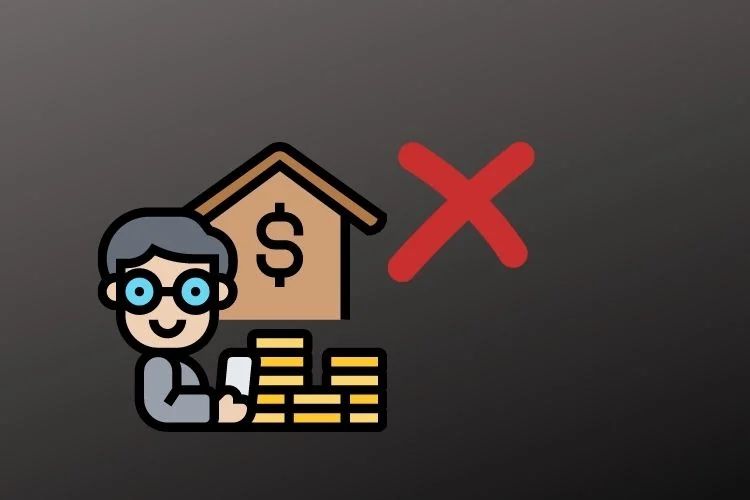In addition to receiving the deceased’s inheritance through a will, heirs can receive the inheritance according to law. At that time, the heirs will be arranged in three lines of inheritance. So what is the first line of inheritance? Which subjects are included? Find out with VN Law Firm through the article below:
1. In case the estate is divided according to law
According to the provisions of Article 649 of the Civil Code of Vietnam 2015 , inheritance according to law is inheritance according to the line of inheritance, the conditions and order of inheritance are prescribed by law.
Thus, unlike the division of inheritance according to a will, the division of inheritance according to law is not carried out according to the will of the person leaving the estate.
At the same time, not all cases of inheritance are divided according to the law, but only in one of the cases specified in Article 650 of the Civil Code of Vietnam 2015 is it applicable:
– There is no will;
– The will is not legal;
– Heirs according to the will die before or at the same time as the testator; The agency or organization entitled to inherit under the will no longer exists at the time of opening the inheritance;
– People who are designated as heirs according to the will but do not have the right to inherit or refuse to receive the inheritance.
– The portion of the estate not determined in the will;
– The part of the inheritance related to the part of the will is not valid;
– The inheritance is related to the heirs according to the will but they do not have the right to inherit, refuse to receive the inheritance, die before or at the same time as the testator; related to agencies and organizations that are entitled to the inheritance according to the will, but no longer exist at the time of opening the inheritance.
Thus , only in the above cases will the estate be divided according to law. The remainder, if the person leaving the estate has a will, priority will be given to distribution according to that person’s will.
2. Who are the first line of heirs?
Specific regulations on inheritance lines are specifically stated in Clause 1, Article 651 of the 2015 Civil Code, accordingly: The first line of inheritance includes: wife, husband, biological father, biological mother, adoptive father, adoptive mother, biological children and adopted children of the deceased.
2.1. Between husband and wife
The relationship between husband and wife is one of the closest and most intimate relationships between men and women. Therefore, from an emotional standpoint, it is completely reasonable for husband and wife to be one of each other’s first-line heirs.
At the same time, according to Clause 1, Article 66 of the Law on Marriage and Family 2014 , when a spouse dies, the survivor will be able to manage the husband’s or wife’s common property unless the will or the heirs stipulate otherwise. .
When there is a request to divide the estate, the marital property will be divided in half unless otherwise agreed.
Therefore, from an emotional or legal standpoint, the first line of inheritance includes husband and wife, which is completely reasonable.
However, according to Article 655 of the Civil Code of Vietnam 2015 , special cases should be noted when receiving inheritance from husband and wife, including:
– If a husband and wife have divided common property while the marriage still exists, and then one person dies, the surviving person will still inherit.
– Husband and wife apply for divorce but have not yet had it recognized by the Court by a judgment or decision, or the judgment or decision has not yet taken effect, then if one person dies, the other will still inherit.
– A person who is a person’s wife or husband at the time of that person’s death will still be entitled to inheritance when dividing the inheritance later.
2.2. Between biological father, biological mother and the deceased
In addition to the relationship between husband and wife, the biological relationship between biological parents and the deceased is also one of the closest relationships a person can have. Therefore, the biological father and mother are also one of the first line of inheritance of the deceased.
2.3. Between the adoptive father, adoptive mother and the deceased
According to Clause 1, Article 24 of the 2010 Law on Adoption , from the date of adoption, the adoptive parents and adopted child have full rights and obligations of parents and children.
Therefore, if the adoption is legal, the adoptive father and adoptive mother also have the same rights, benefits and obligations as the biological father and mother.
Not only that, according to Article 653 of the 2015 Civil Code, adopted children and adoptive parents can inherit each other’s estate.
Therefore, adoptive parents are one of the first line of inheritance of the deceased.
2.4. Between biological children, adopted children and the dead
As analyzed above, not only adoptive parents and adopted children, but adopted children and adoptive parents can also inherit each other’s inheritance according to Article 653 of the Civil Code mentioned above.
From the above analysis, it can be seen that the law stipulates that the first line of inheritance includes the spouse, biological father, biological mother, adoptive father, adoptive mother, biological children, and adopted children of the deceased based on the marital relationship. , bloodline and upbringing of these subjects.
Note : People in the same line of inheritance will enjoy equal shares of the inheritance according to the provisions of Clause 2, Article 651 of the Civil Code.
See more: Inheritance and Wills in Vietnam: Key Legal Considerations




